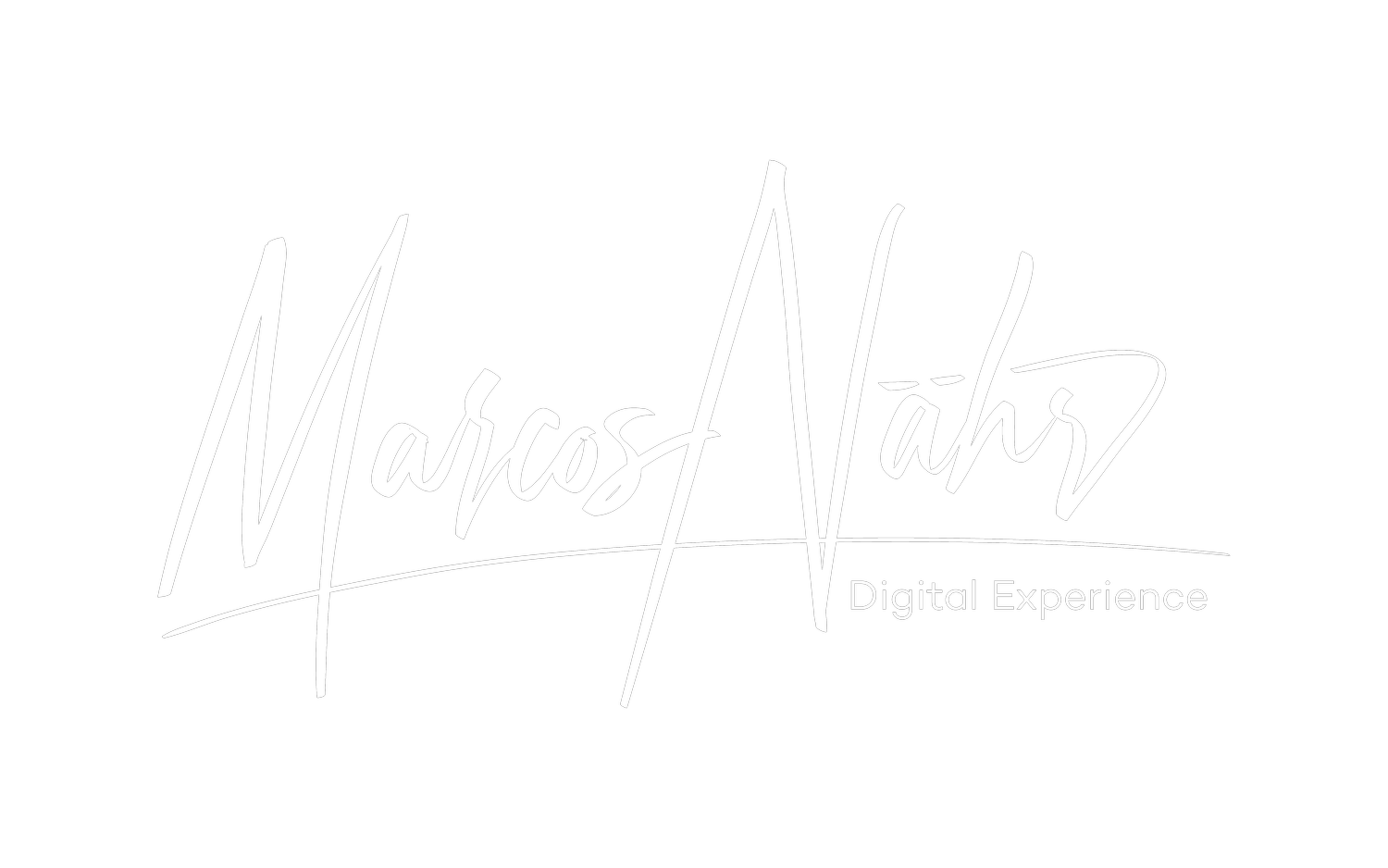Managing Consistency vs. Flexibility with the Polarity Management Framework
As software companies grow and develop advanced tools, they often have to decide between prioritizing consistency or flexibility. The Polarity Management Framework is a valuable tool for analyzing and navigating this complex situation. It offers a balanced perspective to help the company achieve sustainable growth and innovation by managing these seemingly conflicting priorities.
Barry Johnson's notion of Polarity Management proposes that many obstacles are polarities to be managed rather than problems to solve.
These are sets of opposites that can't function well independently. In our context, consistency and flexibility go hand in hand, similar to the rhythm of breathing.: inhaling and exhaling. You simply can’t choose one over the other; both are essential for survival.
Consistency in product design is like inhaling. It's about maintaining a coherent user experience, uniform functionality, and predictable outcomes across various tools and applications. Consistency ensures that the user's learning curve flattens as they move between different parts of the software suite, much like a familiar rhythm to one's breathing that provides comfort and reliability.
Flexibility, on the other hand, is the exhale. It allows for adaptability, customization, and innovation. In a fast-paced industry where user needs and technology evolve rapidly, flexibility provides the necessary room for growth and experimentation. It's the creative outbreath, offering fresh perspectives and novel solutions.
The real challenge for an enterprise software company is not choosing between consistency and flexibility but effectively managing the polarity between them.
This balance is crucial in ensuring that while the software maintains a standard of consistency, it doesn't become rigid or stale. Similarly, while embracing flexibility, the product must not lose its core identity or confuse its users.
Strategies for Effective Polarity Management
Acknowledge the Polarity: The first step is recognizing that consistency and flexibility are interdependent values. Understanding this dynamic and embracing this mental model is crucial to creating strategies that respect both aspects.
Define the Boundaries: Establish clear boundaries for consistency and flexibility. For example, the core processes should maintain a high level of consistency to ensure a seamless and intuitive user experience. On the other hand, aspects like data visualization or reporting features can afford greater flexibility, allowing users to customize and manipulate data presentations according to their specific needs and preferences. This approach ensures that while the fundamental user journey remains predictable and user-friendly, the more advanced features offer room for personalization and adaptation.
Foster Open Communication: Encourage dialogue between teams focusing on different ends of the spectrum. Regular meetings and feedback loops can help align broader goals while respecting individual focuses.
Iterative Development: Adopt an iterative approach to product development. This enables the team to introduce changes gradually, maintaining a balance between established standards and innovative features.
User-Centric Approach: Always keep the user experience at the forefront. Understanding user needs and preferences can guide the degree of consistency and flexibility required.
Leadership and Vision: Strong leadership is vital in navigating this polarity. Leaders must articulate a clear vision that encompasses both consistency and flexibility, guiding the team in harmonizing these elements.
Managing the polarity between consistency and flexibility is not about compromise but about embracing the strengths of both. Like the natural act of breathing, one complements the other, creating a rhythm that drives innovation while maintaining coherence. For enterprise software companies, mastering this balance is not just a necessity but a requirement to excel in a competitive landscape.
